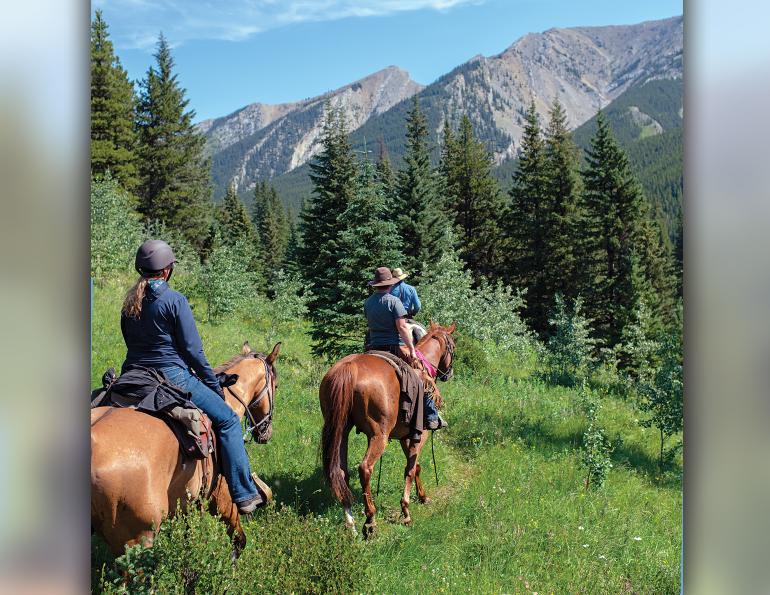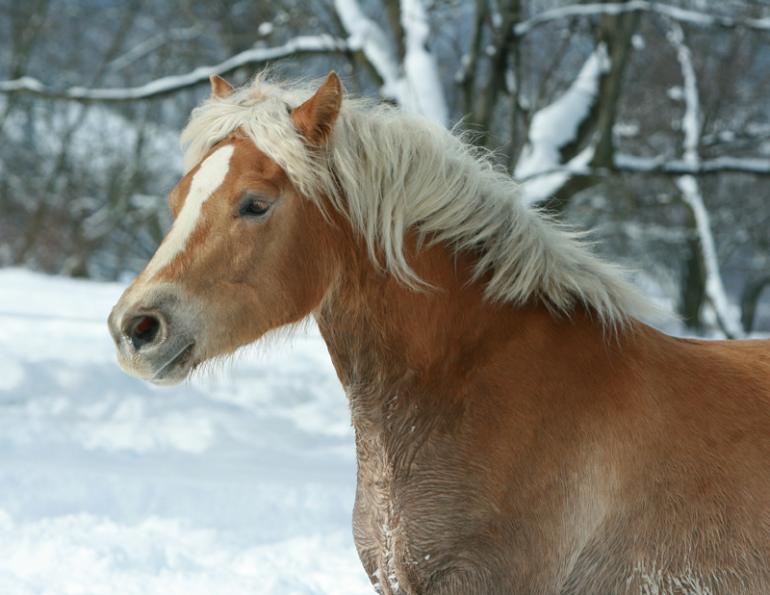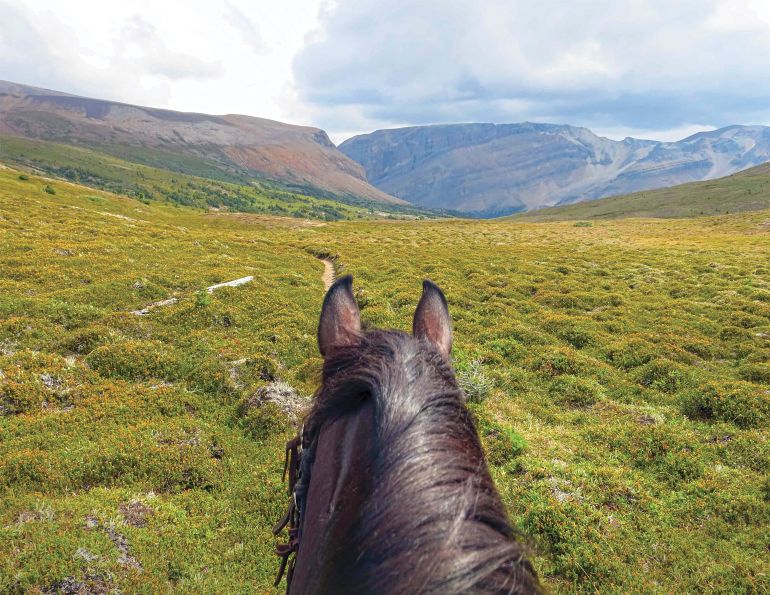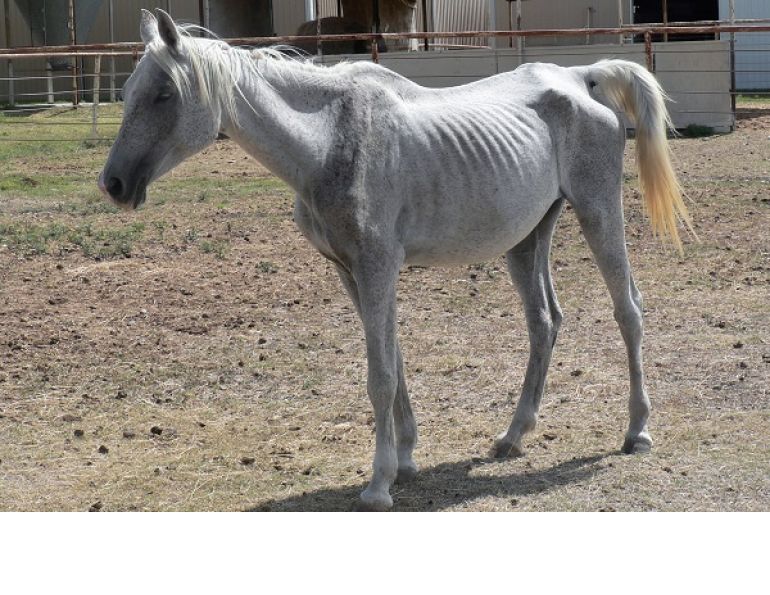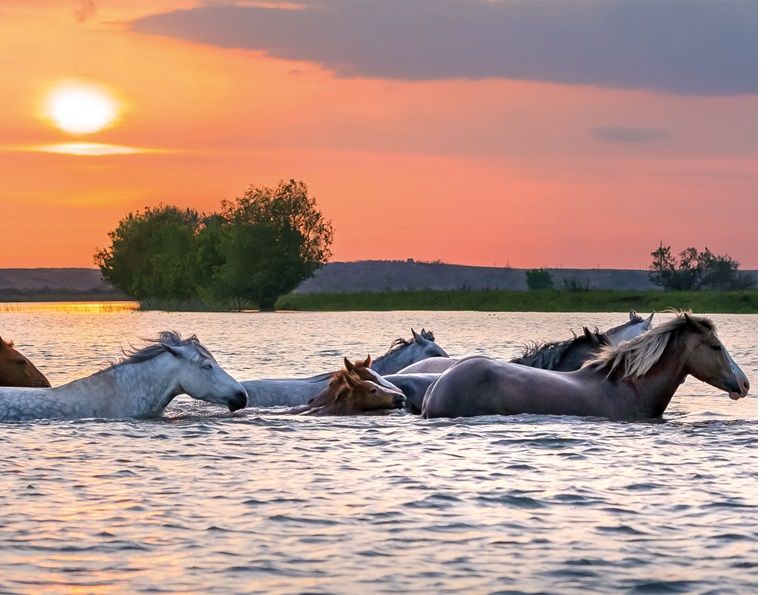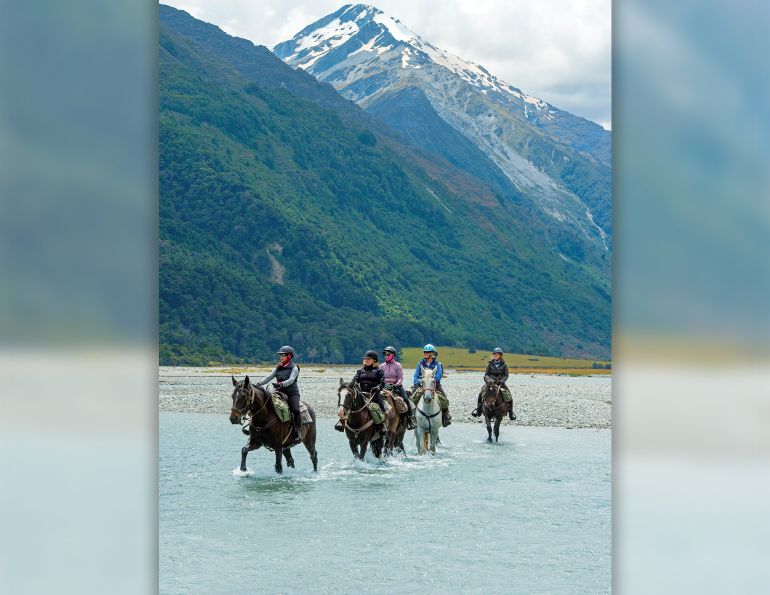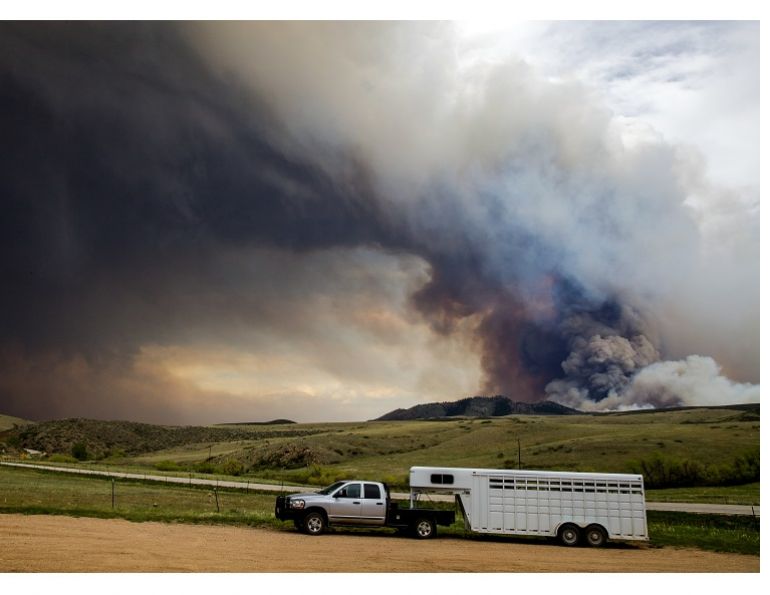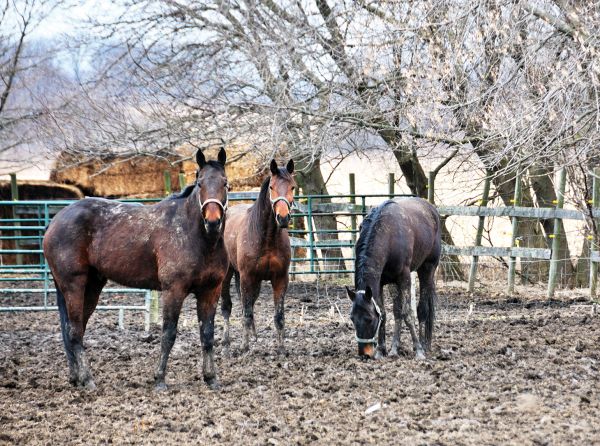Updated:
July 16, 2025Rider Down!
By Tania Millen, BSc, MJ
It’s a trail rider’s worst nightmare: getting hurt and requiring evacuation from a remote area. Whether out on the trails for a few hours or on an overnight trip, the reality that every recreational rider must face is that emergencies can occur. Preparation is key and the success of emergency evacuations has a lot to do with planning for their possibility. It can also determine whether a rider survives.
First Aid, First
“The first thing to do in the event of an emergency is assess the injured person,” says James Tucker who teaches wilderness first aid in southern Alberta through his company Out There First Aid. “To be able to do that you need remote or wilderness first aid training.”
But it’s not enough for one person to have that training, because the trained person might be the rider who gets hurt. Wilderness first aid is something that all trail riders need.
“Wilderness first aid courses teach you things like how to make your own stretchers and improvised neck and leg braces,” says Tucker. “You have to use what you have with you.”
Once the rider has been assessed, the group has to decide how to get them to medical care. Transportation options depend on the rider’s suspected injuries, the terrain, and the distance from the trailhead.
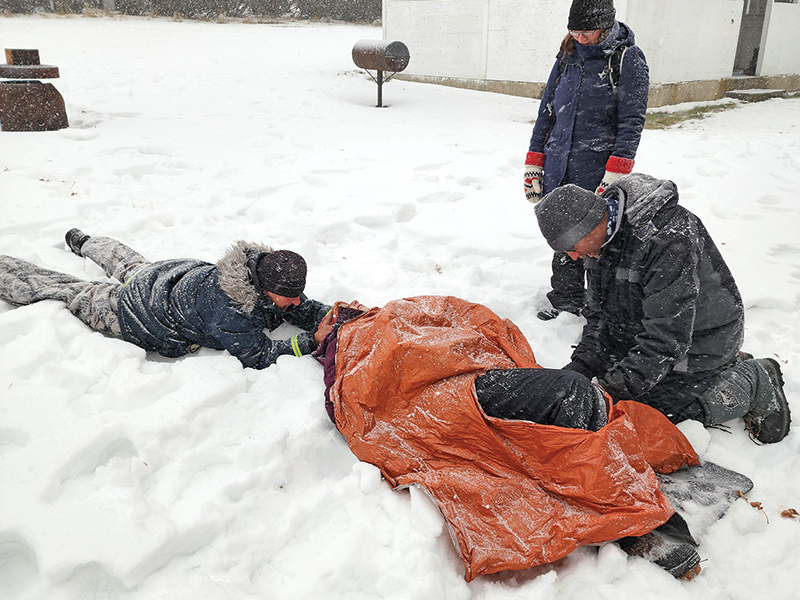
All trail riders should know wilderness first aid because one or more people, including those with first aid training, could be injured. Assessing the injured and deciding how to get them to medical care is the first priority. Photo: Out There First Aid
Choosing Self-Evacuation
“There are four scenarios where we don’t want to self-evacuate,” says Tucker. “A spinal/head injury, a pelvic fracture, a femur fracture, or severe hypothermia. And if you’re thrown from a horse, there’s a really good chance you could have any or all of those.”
If the injured rider is stable enough to self-evacuate, they could ride out — perhaps on the safest horse or while being ponied. Alternatively, they might be able to walk, or the group could potentially build a stretcher and carry them out.
“If the injuries aren’t bad enough that you have to wait for help, then you can self-evacuate,” says Tucker. “But that depends on how many people you’ve got, their skills, fitness, and equipment.”
Before the injured rider is moved or transportation decisions are made, the 10 essentials for safe recreation will be needed to treat or stabilize the injured person.
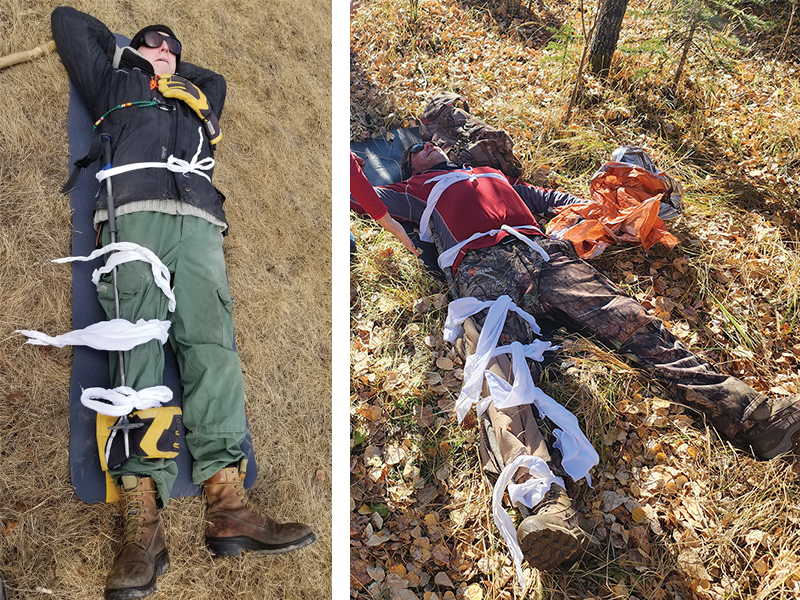
Wilderness first aid courses teach how to use what you have, including how to make improvised neck and leg braces. Pictured are stabilizing and splinting a broken leg with tree branches, and with a ski pole. Photos: Out There First Aid
10 Essentials
The 10 essentials aren’t necessarily individual items but a list of systems. They include:
- navigation (map, compass, global positioning system)
- light (headlamp with extra batteries)
- whistle/mirror
- first aid kit
- knife
- fire starter
- sun protection
- shelter (emergency blanket or tarp)
- extra food, water, and clothes beyond lunch and the jacket you’re wearing
“You shouldn’t leave home without the 10 essentials,” says Tucker. “Whether you’re going for 20 minutes or 15 days, you shouldn’t go out without them.”
Related: Equine Emergency Preplan Checklist
How riders carry these tools also affects their availability following an accident. For example, most riders place their gear in saddle bags attached to their horse. If a rider falls off and their horse takes off, those imperative items are of no use. For that reason, carrying some of the essentials in a small bag — such as a passport pouch which can be worn under clothing — is a wise choice. The availability of those all-important items carried on your person — perhaps just a knife, fire starter and emergency beacon or communications device (discussed below) — could make a huge difference in a survival situation.
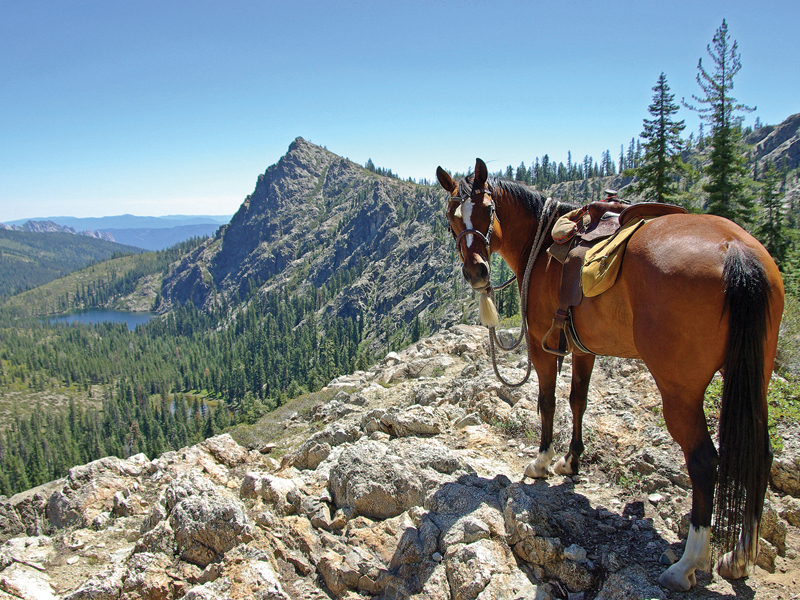
A quiet trail horse can be used for self-evacuation if the injured rider is stable enough. If the horses must stay out overnight, their tack should be removed, and feed, water, and shelter provided. Photo: Shutterstock/Perezoo
Getting Help
If an injured rider needs to be evacuated, transportation options depend on the location of the incident and terrain. Typical options include a vehicle, all-terrain vehicle, foot-carried stretcher, or helicopter. Regardless of what’s needed, a communications device will be required to call for help. If none of the group have a communications device or the technology fails, then a rider (or two) must be dispatched to ride for help, which could significantly delay medical attention for the injured rider.
“There are a whole bunch of different communication devices available,” says Tucker. “SPOT® and InReach® devices are the favourites.”
Choosing a communications device depends on what riders want to pay, plus whether they want to message back and forth with emergency services or just send out an SOS. Many satellite devices are subscription-based so you have to pay for them by the month or the year. The old standby is the personal locator beacon. There’s no cost if you activate it, but it doesn’t send messages and you can’t text or send emails. It’s just an emergency beacon.
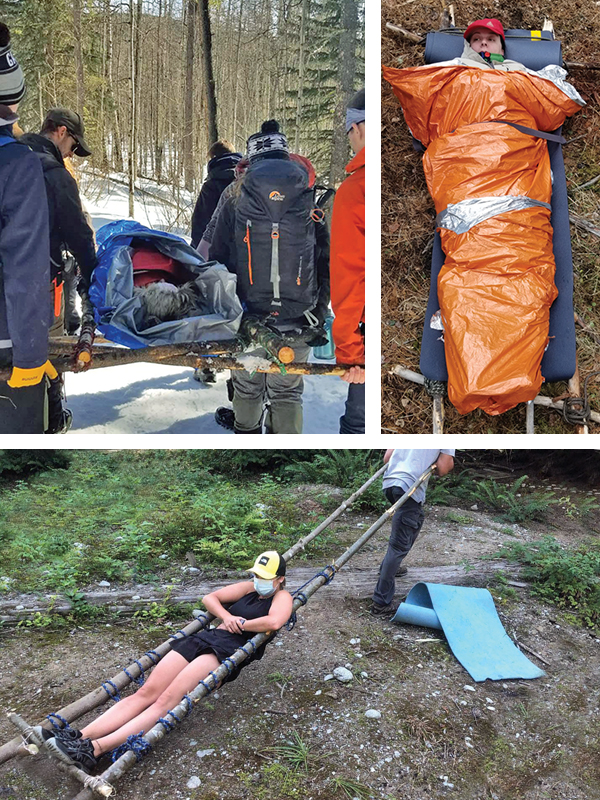
If the injured has been assessed and is stable enough to move without waiting for help, self-evacuation is an option. Shown are a practice carry-out (top left), a remote first aid stretcher (top right), and a travois (bottom). Photos: Out There First Aid
Sending an emergency message isn’t instantaneous, either. It can take 30 minutes or more. Emergency devices all require a clear view of the sky (trees, coulees, and tight valleys are limiting) and connection to satellites. The time it takes to actually send an emergency message can be affected by the terrain, and the status and availability of the satellite network.
Riders may choose to carry a cell phone instead of, or as well as, another device, but text and cell phone service can be spotty. Plus, 911 coverage isn’t always available so phone numbers for relevant emergency services are needed. However, Apple’s iPhone 14, released in September 2022, offers emergency SOS services via satellite. It allows users to text emergency services and share their location when beyond cellular and Wi-Fi coverage.
Related: Emergency Preparedness for Horses
Staying Alive
Once emergency services have been notified, uninjured riders have to keep the injured warm and safe until help arrives.
“The injured people could be spread over a distance, depending on how the incident happened,” says Tucker. “If the horses were scared by a bear or something similar, they could skedaddle in different directions, and you could have injured people all over the deck. So, get the people that are injured and mobile all gathered together. Then you don’t have to move people who are severely injured, and you can still care for them all.”
Gathering everyone together also means that first aid, food, clothing, and other essential items can be shared along with a fire or shelter. It allows uninjured riders to work together to provide first aid, plus rescuers only have to come to one location.
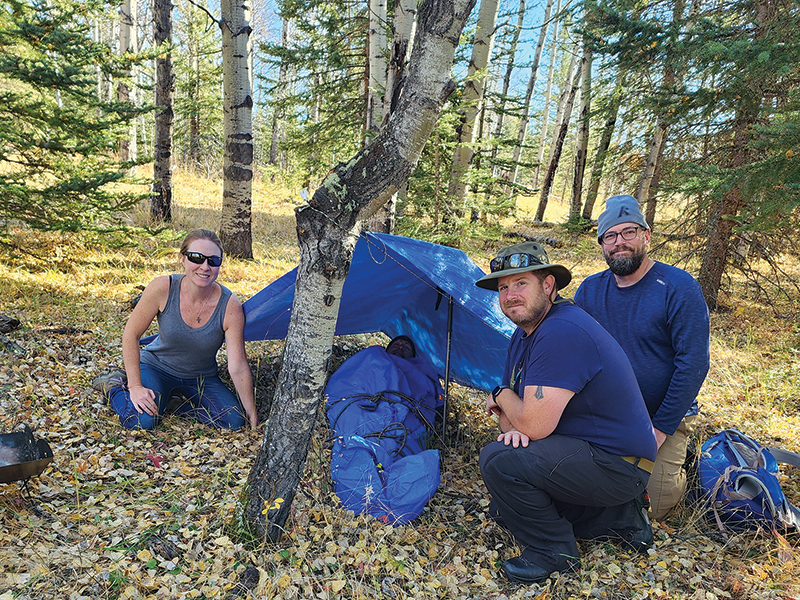
The injured must be kept warm until help arrives. Pictured is emergency shelter in summer and in winter. Photos (above/below): Out There First Aid
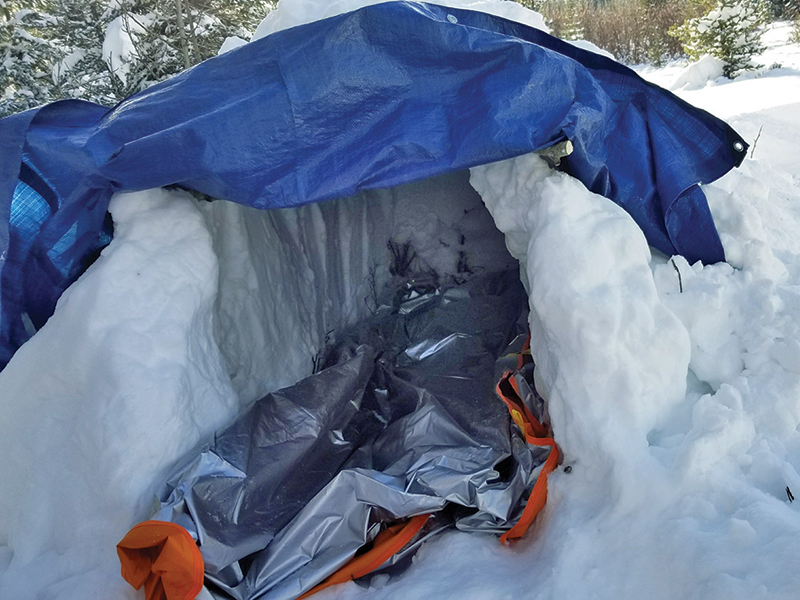
“The normal rate of response for emergency services [in Alberta] to arrive at your site, after the SPOT® or InReach® emergency button is pressed, is anywhere from three to five hours,” says Tucker. “That’s if it’s daylight and good weather. Helicopters can’t fly in crappy weather or in the dark.”
If it’s getting dark and the rescue can’t be completed until there’s full daylight, then emergency services may send out people (often search and rescue volunteers) to stay with the injured party overnight.
If the injury occurs on a long weekend or during busy holidays, emergency medical services may not be available immediately. During a July 1 emergency evacuation that I was involved in, our group was advised that every available helicopter was in the air conducting emergency evacuations. So be prepared to wait.
“You never know when you’re going to be stuck out in the bush,” says Tucker. That’s when basic survival skills, knowing how to build an emergency shelter and fire, plus the 10 essentials really come into their own.
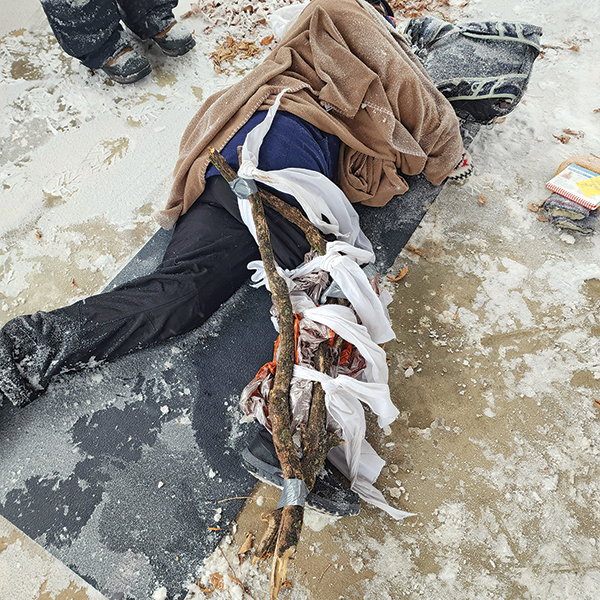
A leg splint made of tree branches. Photo: Out There First Aid
Behind the Scenes
After an emergency beacon is activated, the signal is picked up by a satellite which sends it to an emergency response coordination centre. The centre reads the beacon location coordinates and — for a Canadian location — forwards the emergency request to the RCMP. The RCMP then send out emergency medical services to the location. Depending on the location and expected terrain, the RCMP may choose to send a helicopter and/or initiate search and rescue services. If the incident occurs in a national park, the park is involved, too.
Related: Road Safety for Equestrians
If the emergency device has two-way capability, communication may be established between the RCMP or emergency services and the device holder. Information such as the number of people injured, their injuries, emergency services needed, terrain details, and whether there are horses onsite could all be transmitted.
Additionally, some beacons have prearranged messaging systems that notify next-of-kin when the emergency button on the device has been activated. This occurs regardless of whether the device holder is the injured party or someone else is injured. Be cognizant of the effect of potential emergency messages when selecting emergency contacts and reach out to those contacts as soon as possible after activating an emergency device.
What About Horses?
Emergency evacuations are the same for equestrians as for other recreationalists, with the exception of horses. Trail horses can be an advantage if they’re quiet and can be used for self-evacuation. However, if riders need to stay out overnight, their horses will need feed, water, and shelter, too. Tack can be removed and piled under a tree. If riders carry hobbles and the horses are trained in their use, horses can be hobbled to graze — one at a time if they’re likely to leave. Horses can be tied beneath trees for shelter or held downwind of a rock or hill. They’ll need to be watered at the nearest puddle, creek, or river. If a helicopter is used for evacuation, plan to hold or tie the horses well away from the landing zone. Some horses are fine with a helicopters’ racket and downwash; many are not.
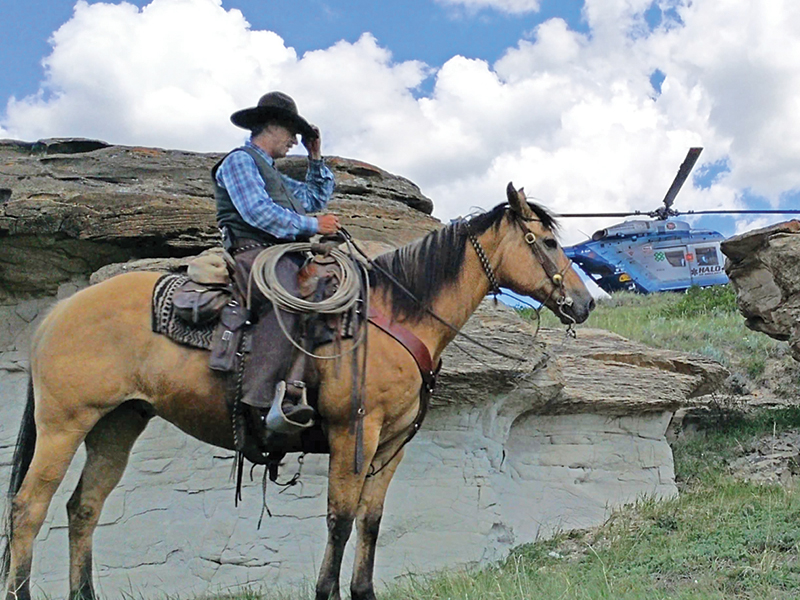
Some horses will tolerate the noise and downwash of a helicopter, but if you have any doubt about how the horses will react, move them well away from the landing zone. Photo: Teresa Swanson
Be Ready
Ultimately, the success of an emergency evacuation depends on riders’ preparation, skills, knowledge, and actions. Four things that will increase the odds of surviving an incident are:
- Wilderness or remote first aid training.
- The 10 essentials.
- A communication device.
- Knowledge and skills to use the first three.
Don’t leave home without them.
Related: Horse Trailer Accidents on the Road
Photo: Clix Photography



